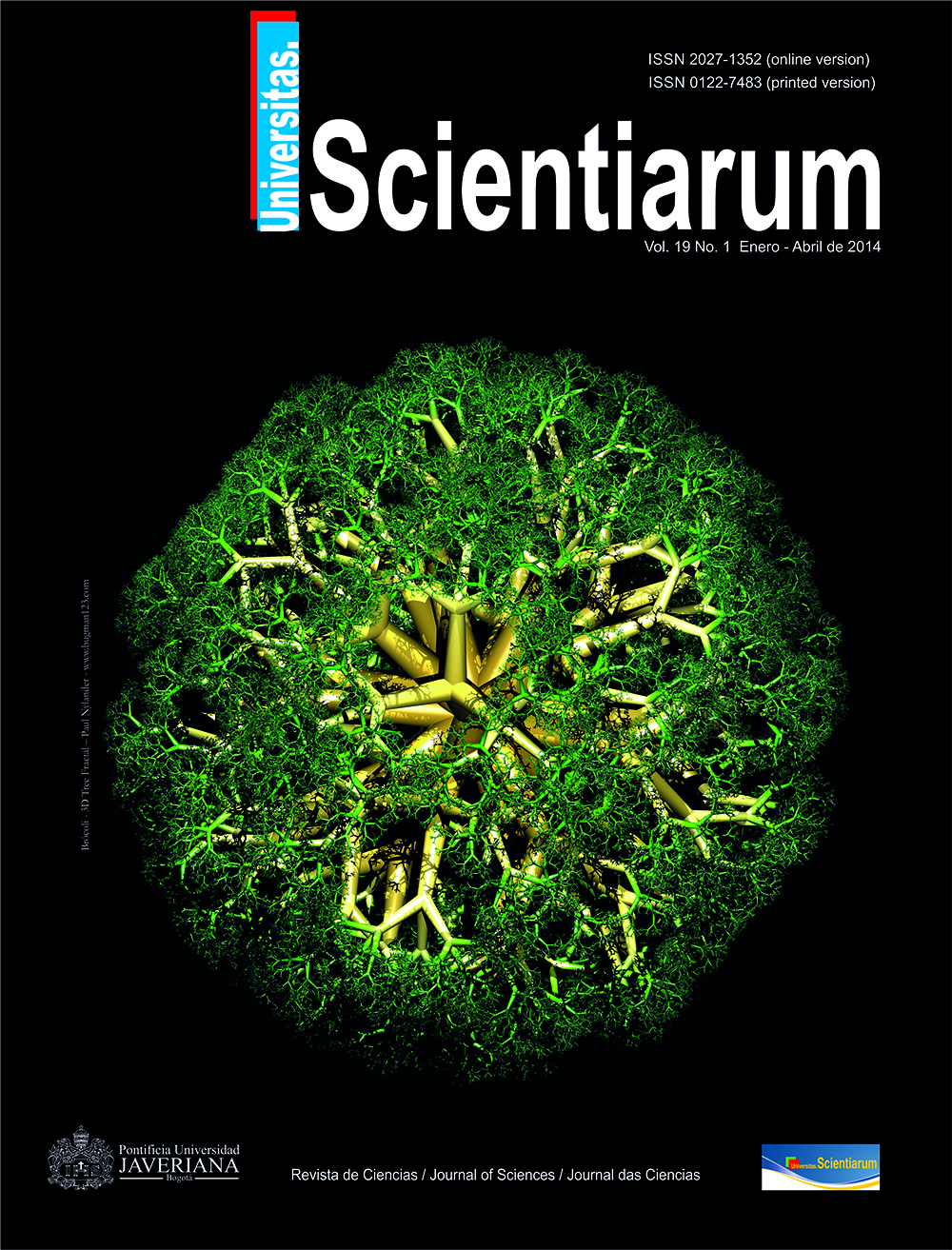Abstract
Here, we present the electrical properties of the compound Cu3BiS3 deposited by co-evaporation. This new compound may have the properties necessary to be used as an absorbent layer in solar cells. The samples were characterized by Hall effect and transient surface photovoltage (SPV) measurements. Using Hall effect measurements, we found that the concentration of n charge carriers is in the order of 1016 cm-3 irrespective of the Cu/Bi mass ratio. We also found that the mobility of this compound (μ in the order of 4 cm2V-1s-1) varies according to the transport mechanisms that govern it and are dependent on temperature. Based on the SPV, we found a high density of surface defects, which can be passivated by superimposing a buffer layer over the Cu3BiS3 compound.Univ. Sci. is registered under a Creative Commons Attribution 4.0 International Public License. Thus, this work may be reproduced, distributed, and publicly shared in digital format, as long as the names of the authors and Pontificia Universidad Javeriana are acknowledged. Others are allowed to quote, adapt, transform, auto-archive, republish, and create based on this material, for any purpose (even commercial ones), provided the authorship is duly acknowledged, a link to the original work is provided, and it is specified if changes have been made. Pontificia Universidad Javeriana does not hold the rights of published works and the authors are solely responsible for the contents of their works; they keep the moral, intellectual, privacy, and publicity rights. Approving the intervention of the work (review, copy-editing, translation, layout) and the following outreach, are granted through an use license and not through an assignment of rights. This means the journal and Pontificia Universidad Javeriana cannot be held responsible for any ethical malpractice by the authors. As a consequence of the protection granted by the use license, the journal is not required to publish recantations or modify information already published, unless the errata stems from the editorial management process. Publishing contents in this journal does not generate royalties for contributors.



